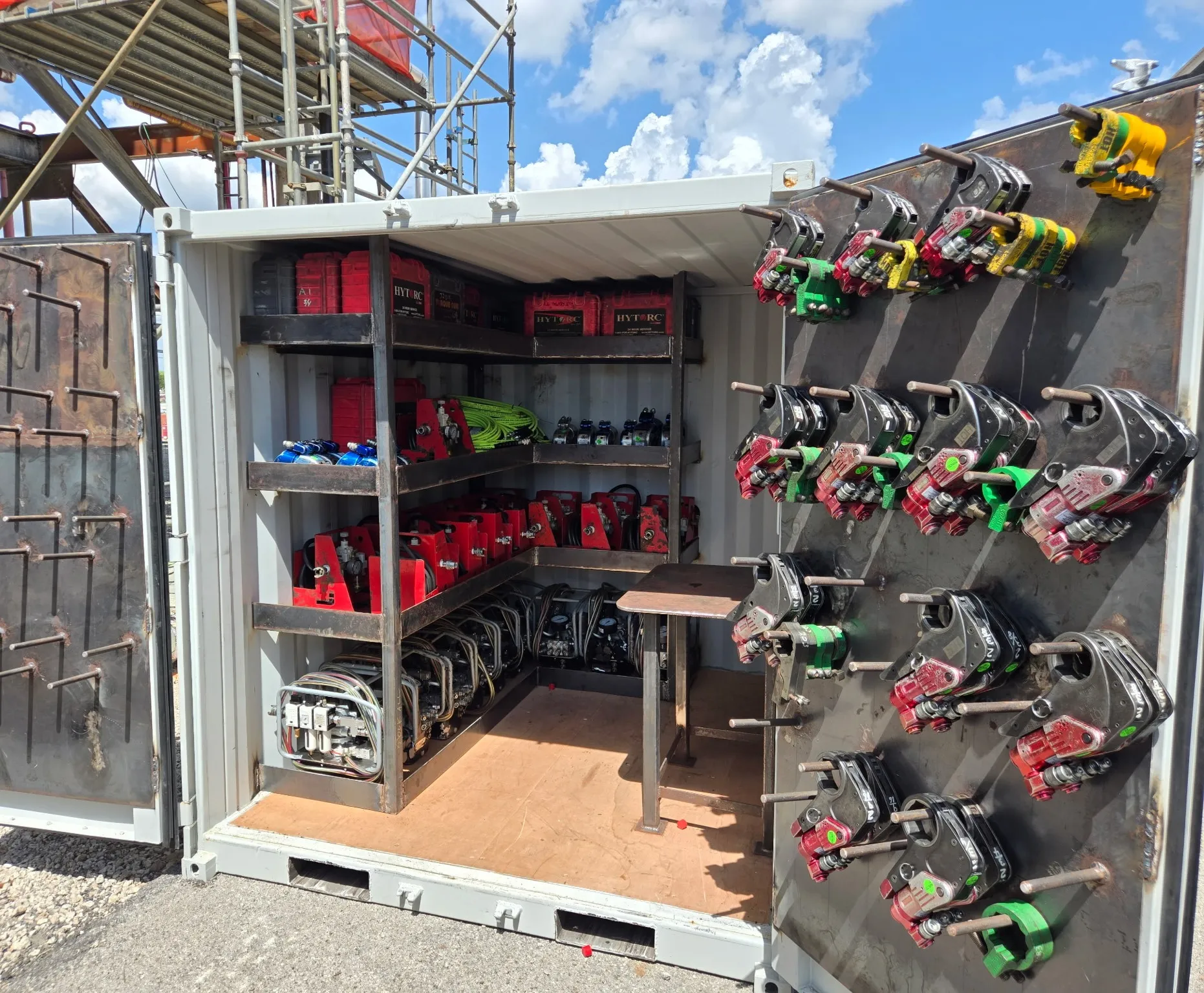How to Protect Your Subsea Operations from Hazards
Operating in subsea environments comes with a unique set of challenges. From the unpredictable ocean conditions to the complex equipment involved, protecting your assets under the water requires careful planning and execution. While subsea operations are a testament to modern engineering, even the smallest hazard can escalate into a major issue.
Here are some strategies to protect your subsea operations from hazards and ensure smooth, efficient performance at every level.
1. Plan for the Unexpected
In the subsea world, one thing is certain: conditions are unpredictable. Strong currents, fluctuating temperatures, and corrosive saltwater environments create a range of potential hazards. That’s why thorough planning is crucial. Conduct detailed risk assessments for every project, identifying potential threats specific to your operational environment. A comprehensive plan should include everything from equipment checks to safety protocols, ensuring that your team is prepared to handle unforeseen challenges.
2. Use Specialized Equipment Designed for Subsea Environments
Not all tools are built for underwater conditions. Subsea operations require specialized equipment that can withstand extreme pressures and corrosive environments. One key factor is ensuring that all equipment, from connectors to critical fasteners, is designed for deep-water conditions. Additionally, regularly maintaining and inspecting equipment helps avoid malfunctions and reduces downtime.
Reliable and durable tools are especially important when working in high-risk areas. For instance,torque tools designed to work in harsh environments can help ensure the longevity and integrity of your connections, even in subsea conditions.
3. Prioritize Regular Maintenance and Inspections
Underwater operations demand extra diligence when it comes to maintenance. Subsea equipment is subject to harsh conditions that can lead to corrosion, fatigue, and wear. Establishing a routine maintenance schedule will help prevent minor issues from escalating into serious hazards.
Preventive maintenance should focus on everything from seals and gaskets to structural components. Regular inspections ensure that any small issues, such as loosened connections or damaged components, are addressed before they compromise the safety and efficiency of the operation. Even critical fasteners, when maintained properly, can help you avoid costly repairs and operational downtime.
4. Streamline Operations with Automation and Smart Technology
Automation and smart technology are revolutionizing subsea operations by reducing the potential for human error and increasing efficiency. By implementing smart tools and sensors, you can monitor equipment performance in real time, enabling predictive maintenance and immediate adjustments when anomalies are detected.
Many modern systems allow you to capture and analyze data remotely, giving you critical insights into equipment performance. This real-time data helps teams make informed decisions quickly, preventing potential hazards before they develop into significant issues. Integrating torque monitoring systems into your operations, for example, can ensure the correct tension and stability of your critical connections without needing to rely solely on manual adjustments.
5. Ensure Proper Training and Certification for Your Crew
Your equipment is only as good as the people who operate it. Comprehensive training and certification are essential for subsea operations, especially in hazardous environments. Training should focus on proper handling of specialized tools, equipment maintenance, and emergency protocols. By ensuring your team is up to date on the latest techniques and best practices, you not only enhance operational efficiency but also significantly reduce the likelihood of accidents.
Partnering with HYTORC for Safe and Efficient Subsea Operations
Protecting your subsea operations from hazards requires a combination of advanced planning, specialized equipment, and a well-trained team. By investing in tools designed for underwater environments and maintaining regular inspections, you can reduce risks and ensure that your operations run smoothly. Additionally, leveraging smart technology and automation will help streamline your processes and minimize the potential for human error.
HYTORC’s advanced bolting systems, precision torque tools, pumps, and fasteners are designed to support projects in the most demanding subsea environments. With a focus on safety, efficiency, and reliability, HYTORC can help you optimize your offshore operations, ensuring that your fasteners remainsecure, and your projects stay on track. Whether it's torque monitoring for critical applications or offering tools engineered for harsh environments, HYTORC is your trusted partner in minimizing hazards and maximizing performance.



